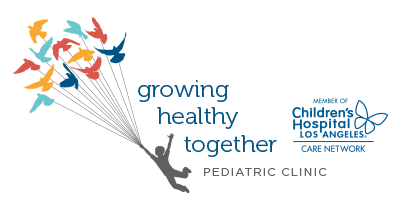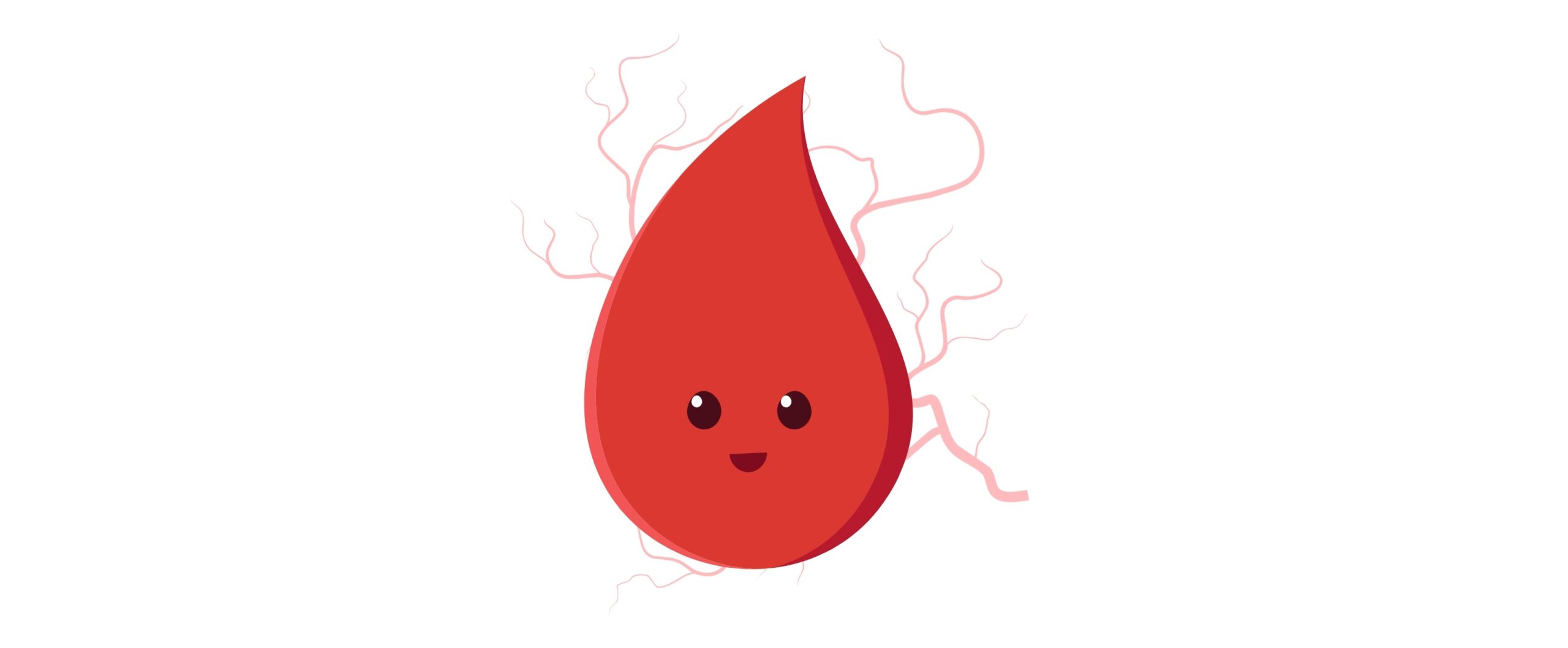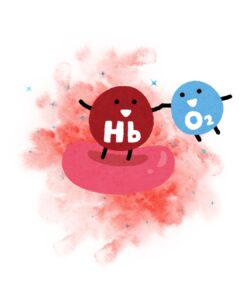Anemia is a common global health concern, especially among young children, pregnant and postpartum people, and menstruating teens and adults (World Health Organization [WHO], 2025). It can result from nutritional deficiencies, genetic disorders, chronic illness, infections, blood loss, and even malaria. Worldwide, iron-deficiency anemia is the most prevalent type of anemia (Gallagher, 2022).
What Is Anemia?
Anemia occurs when the body has too little hemoglobin, the iron-rich protein in red blood cells that carries oxygen (Powers, 2025). Without enough hemoglobin, the body struggles to deliver oxygen to the brain, muscles, and organs. If left untreated, or in severe cases, anemia can cause poor cognitive, behavioral, and motor development in children (WHO, 2025).
Normal hemoglobin levels change with age. For example, newborns have high hemoglobin levels that naturally drop in the first few months, which can lead to anemia. Because “normal” varies by age, it is essential to discuss your child’s lab results with their pediatric healthcare provider.
Signs & Symptoms of Anemia
Mild anemia may go unnoticed because the body compensates well for low hemoglobin (Powers, 2025). However, common signs and symptoms include:
- Fatigue or low energy
- Dizziness or light-headedness
- Pale skin or lips
- Cold hands and feet
- Headaches or tinnitus
- Rapid heartbeat or shortness of breath with activity
- Irritability or poor appetite (especially in infants)
- Changes in urine color
- Pica (craving non-food items like ice, dirt, or paper)
If these symptoms appear, contact your pediatric healthcare provider. A blood test can confirm anemia and help identify its cause.
Why Kids Develop Anemia
Anemia is not a single disease but a sign that something has disrupted the body’s ability to make or maintain healthy red blood cells (Powers, 2025).
Common causes by age:
- Birth–3 months: normal drop in red cells as the body adjusts to life outside the womb
- 3–6 months: inherited conditions
- Toddlers: iron deficiency, often due to early cow’s milk intake or limited diet
- School-age: chronic illness, infection, or inherited conditions
- Adolescents: rapid growth or menstrual blood loss
Other causes include:
- Prematurity
- Other blood loss (e.g., nosebleeds, gastrointestinal bleeding)
- Genetic disorders (e.g., sickle cell disease, thalassemia)
- Poor nutrient absorption (e.g., celiac disease)
- Nutrient deficiencies (e.g., vitamin B12, folate, copper)
- Chronic inflammation or infection
- Certain medications or toxins
- Rare bone marrow disorders
- Malaria
- Lead exposure
- Limited access to nutritious food, stable housing, or healthcare
Iron-Deficiency Anemia
Iron deficiency is the leading nutritional cause of anemia in children. Key risk factors (Martinez-Torres et al., 2023):
- Prematurity
- Low-nutrient diet
- Consuming more than 24 oz of cow’s milk per day (especially before age 1)
- Chronic blood loss
In teens and adults, heavy menstrual bleeding (lasting over 7 days or exceeding 80 mL per cycle), often due to hormonal or bleeding disorders, increases the risk. Using a period tracker can help log flow patterns and support discussions with your provider
The good news is that iron-deficiency anemia is both preventable and treatable.
Treatment of iron deficiency usually includes an iron-rich diet and, if needed, oral iron supplementation (Gallagher, 2022).
Iron-rich foods include lean meats, lentils, beans, fortified cereals, and dark leafy greens. Vitamin C enhances iron absorption, so pair these foods with fruits and vegetables. Your provider may recommend an iron or combined iron-vitamin C supplement when diet alone is not sufficient.
Prevention and Daily Support
You can reduce your child’s risk of anemia with a few healthy habits:
- Serve balanced meals with protein, vegetables, and iron-fortified grains.
- Avoid cow’s milk for your infant under the age of one. Instead, stick to breast milk or fortified formula.
- Limit cow’s milk to 16–24 ounces per day after the age of one.
- Keep regular well-child visits (see the Bright Futures periodicity_schedule).
- Consult your provider before using herbal or home remedies, as some interfere with iron absorption.
The Holistic View
At Growing Healthy Together, we view anemia through a whole-child lens:
- History: We assess personal, family, dietary, and developmental history.
- Nutrition: Iron, folate, and vitamin B12 are essential for healthy blood. Foods like beans, lentils, spinach, lean meat, and fortified cereals support production. Pairing iron with vitamin C (citrus, berries) improves absorption.
- Environment: We can screen for lead exposure and well-water nitrates, which can interfere with blood formation.
- Lifestyle: Adequate sleep, hydration, and physical activity promote healthy metabolism and oxygen delivery.
- Social Factors: Food access, cultural dietary practices, and stress all affect the balance of nutrition and physiology.
Your pediatric provider also monitors development, diet, and emotional well-being. Iron deficiency, for example, can affect learning, focus, and behavior, which makes early recognition and treatment crucial. Open communication with your child’s provider supports long-term health and resilience.





